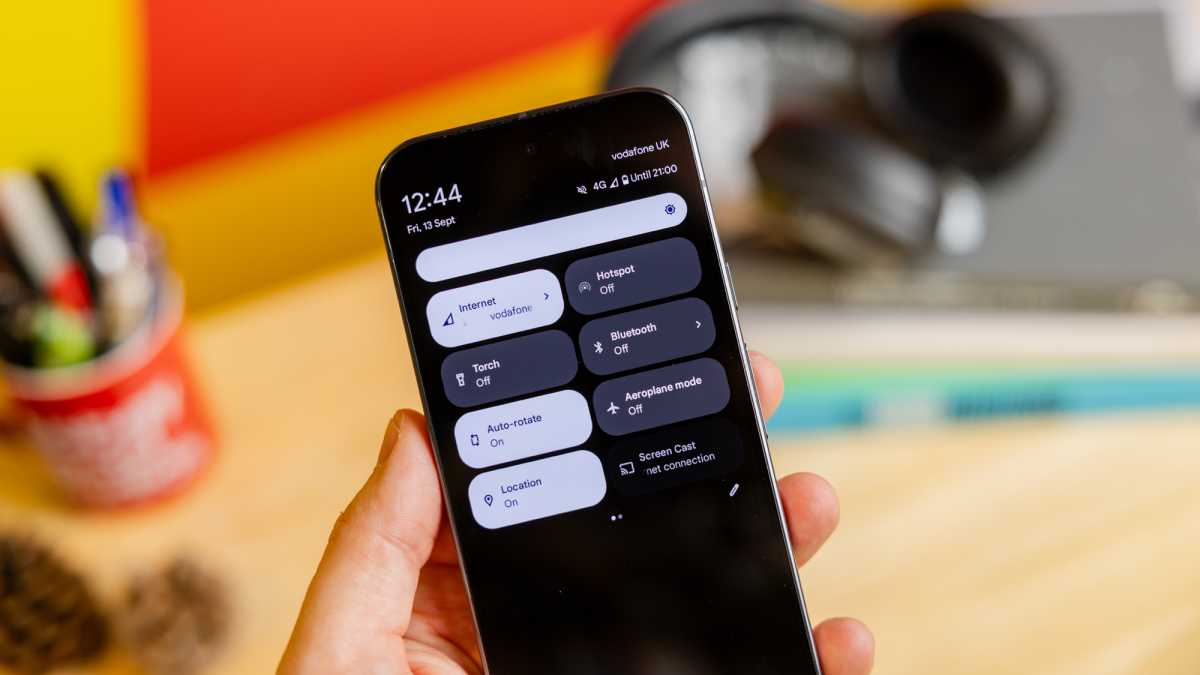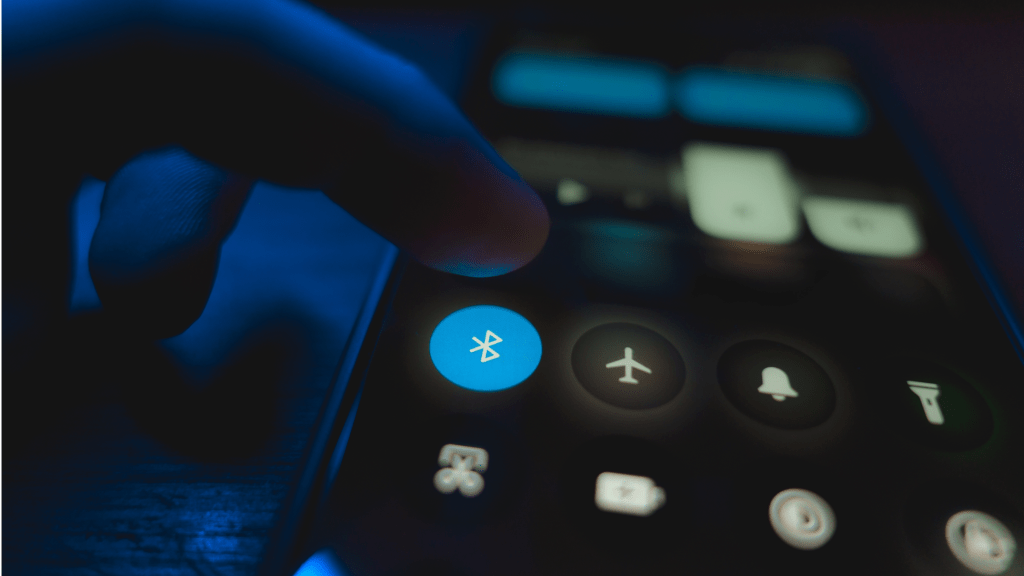Modern smartphones have many different features to help connect with other devices. These include not only Wi-Fi and mobile data, but also Bluetooth and GPS.
However, constant connectivity also comes at a price. Bluetooth, in particular, can easily be misused and also drains the battery of your device. Nevertheless, many people leave the feature switched on all the time, even when it’s not being used, just in case they want to quickly listen to a podcast or a voice message via earbuds while travelling.
Here we explain why there are good reasons to leave Bluetooth switched off and why German testing Stiftung Warentest is currently warning against it.
Bluetooth costs battery power
If you travel a lot and don’t have a brand new phone, you can quickly run into problems with your device’s battery if apps and features such as Wi-Fi or Bluetooth are constantly activated.
Although the battery life consumed by Bluetooth isn’t too high, it all adds up, especially if you’re travelling for a long time. If wireless headphones or a speaker are connected, the consumption will be higher.
Additionally, the battery consumption of Bluetooth connections increases depending on how far away the connected device is from your smartphone, though more modern versions help limit its impact.
So if you have problems with your device’s battery life, it’s worth switching off unnecessary functions such as Wi-Fi or Bluetooth. But that isn’t the main reason to disable Bluetooth…
Bluetooth is a security risk
If you don’t always switch off Bluetooth when it’s not being used, you’re also taking a security risk. This is because there are always vulnerabilities that can be actively exploited by attackers to take over Bluetooth-enabled devices.
There are various methods attackers can use Bluetooth to do you harm. These include:
- Bluejacking: This involves sending requests to nearby devices that have Bluetooth enabled. You receive a push message that can be used to send spam or initiate phishing attacks.
- Bluesnarfing: Attackers can use this to access sensitive data from devices that have Bluetooth activated and do not use any special protection mechanisms such as passkeys. In the worst case, personal or company data can be stolen to commit identity fraud.
- Bluebugging: In this type of attack, attackers take direct control of a device that uses Bluetooth. Once connected to the smartphone, they can make calls, send messages and transfer data on their own.
- Man-in-the-middle (MITM): In this method, an attacker gets between the Bluetooth transmission of two devices and intercepts it. This can also be used to intercept sensitive data, and advanced MITM methods can also manipulate data and take over transmissions completely.
- BlueBorne attacks: This exploits vulnerabilities in the Bluetooth protocol itself, which is why attackers don’t even need to connect directly to your device to intercept data or inject malware. Particularly dangerous because it often goes unnoticed.
- Bluetooth Impersonation Attack (BIAS): Attackers trick your smartphone into believing that it can connect to a trusted Bluetooth source and then take over communication on the device. Access takes place without an extra request.
But that’s not all. App providers themselves can also track users via Bluetooth by creating matching “fingerprints”. Tracking often takes place across apps and is used for advertising purposes, as a 2018 study revealed.
Bluetooth Low Energy (BLE) devices are used, which can send and identify data even if they are not actively paired with a device or app. BLE refers to low power consumption and primarily concerns sensors that are used in some smart home devices and applications.

Dominik Tomaszewski / Foundry
How to protect yourself when using Bluetooth
The easiest way to protect yourself from the risks posed by Bluetooth is to switch off the feature when you’re and don’t need Bluetooth. Simply make sure that the corresponding symbol on your smartphone is deactivated, and watch out for options such as ‘Automatically turn on tomorrow’. On iOS, when you disable Bluetooth via the Control Center, it comes back on the next time.
You should also never accept requests from Bluetooth devices that you cannot clearly identify. In addition, always check all devices paired with Bluetooth and delete any that you do not recognise or that you no longer need, similar to saved WLAN connections.
If you use your mobile device as a personal hotspot, you should also switch off the sharing and transmission of the Bluetooth name. This allows strangers to see the name of your device as soon as they are within range. And, of course, you should switch off the hotspot as soon as you are no longer using it – if only to save power and data.
If you have a smartwatch, you should check whether it needs to remain connected to your smartphone via Bluetooth at all times. Many functions, such as the clock and many fitness features, do not require an active Bluetooth connection. However, if you want to make calls, receive messages or transfer data, you cannot avoid using Bluetooth.
This article originally appeared on our sister publication PC-WELT and was translated and adapted from German.





